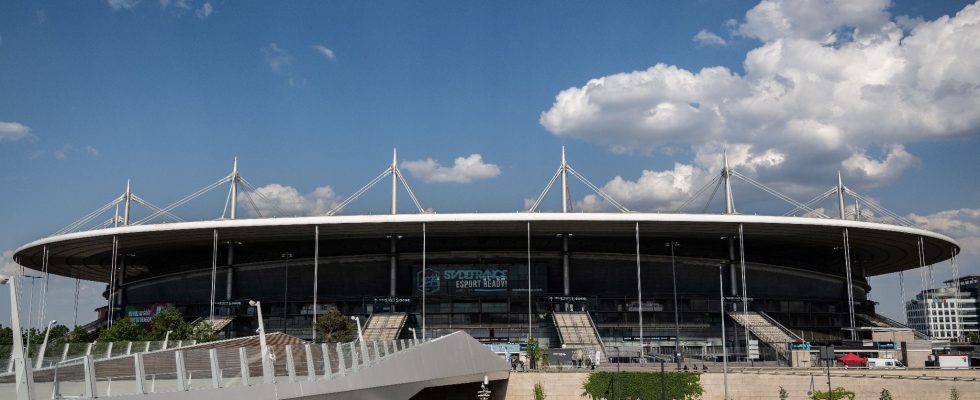Will generators really be shelved during the Paris Olympics? Not sure. Certainly, the organizing committee is not joking with the carbon footprint of the event, which it announces is twice as low as that of London in 2012 or Rio in 2016. For the occasion, several stadiums and large performance halls welcoming Events will be connected to the national electricity grid. A first. These installations will therefore not need to use fuel oil for their energy supply. But old habits die hard.
“The Cojo partly delegates the organization to local infrastructures. And these then welcome service providers. Some could arrive with their generator and turn it on on the day of an important event. A way of reassuring yourself in the face of a possible risk of cutting”, explains a fine connoisseur of major competitions.
It wouldn’t be so surprising. When it comes to sports broadcasts or concerts, the use of carbon solutions remains frequent whenever there is an important issue. “For the first round of badminton, the question will not arise, but for the 100 meter final, everyone will be on edge. So why not consume a little fuel during the event, while keeping the connection to the electricity network in parallel, just to have belt and suspenders?”, continues the expert. Efficiency before ecology. A classic. “In general, the use of generators during sports competitions in France is clearly decreasing, but it persists in certain places, due to lack of confidence in the electricity network or for security reasons,” confirms Guillaume Gouze, consultant. at the Limoges Center for Sports Law and Economics and specialist in energy transition.
The law requires the presence of these devices in large infrastructures, in order to be able to illuminate the crowd in the event of a network failure. It also requires the owners of the premises to rotate them regularly to ensure that they are functioning properly. However, within Ligue 1 and Ligue 2 football, 13 clubs out of 40 still use generators as a primary energy source. With significant differences in consumption: from 700 liters to 32,000 liters of fuel per year. “Certain stadiums renovated for Euro 2016 are still running with generators. The organizer of the event does not necessarily have control over the technology, or he says to himself: ‘I don’t want to that my giant screen, my TV production or my advertising panels fall apart, therefore, it provides security”, specifies Guillaume Gouze.
What legacy after the Games?
Technically, however, it is possible to rely completely on the network by multiplying the access points around the stadium. “The Parc des Princes, for example, now has four,” says Christophe Chavrier, head of the “Electrification of uses and processes” activity in the engineering company Elcimaï. Enough to considerably reduce the risk of cuts. “If we want a more robust power supply, work is necessary. Concretely, instead of having a single cable, you need two to be able to switch from one to the other in the event of a failure,” confirms Chloé Mexme, Enedis project manager for the Paris 2024 Olympic and Paralympic Games. By ensuring that nine large stadiums and several performance halls are equipped with a similar system for the Games, the Cojo highlights good practices and talks about legacy.
But will the hoped-for snowball effect be there, once the euphoria of the competition has passed? Network connection work is expensive: up to several hundred thousand euros for the most complex cases. “This operation can prove difficult in the provinces where the electricity network network is less dense,” estimates Christophe Chavrier. Furthermore, these expenses do not really give rise to a return on investment. It is above all a question of image. “Without the Olympics, the sites chosen to host the events would undoubtedly have waited a long time before switching to green energy,” admits an expert.
Enedis, which connects around forty Olympic sites to the network, is still seeing practices evolve. “Leagues and event stakeholders are increasingly concerned about their carbon impact. Last year, the world ski championships in Méribel and Courchevel were broadcast largely thanks to the network. Music festivals They’re getting into it too,” notes Chloé Mexme.
“The blind spot is the thousands of small-sized sports facilities located in the regions,” adds Guillaume Gouze. Do they use generators a lot? Impossible to say due to lack of available data. The think tank The Shift Project and its president Jean-Marc Jancovici plan to look into the issue. “If we really want to decarbonize sport, we must above all tackle the means of spectator transport used on match days. Thermal cars, planes, this is where we will make the most CO2 savings,” assures a professional footballer. Skillful way of clearing into touch.
.
